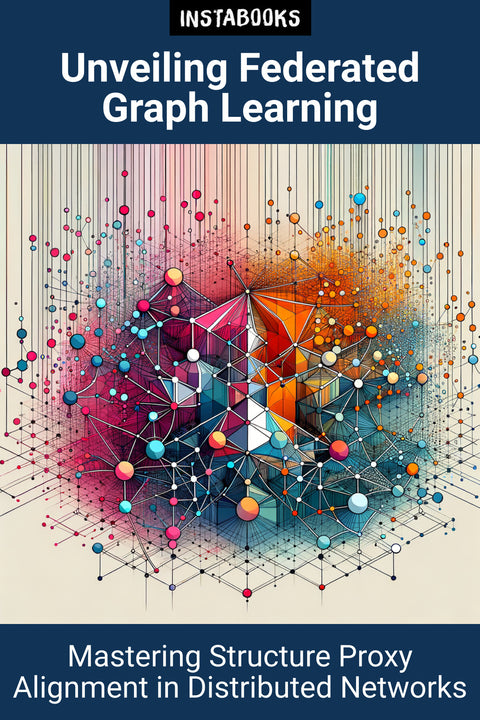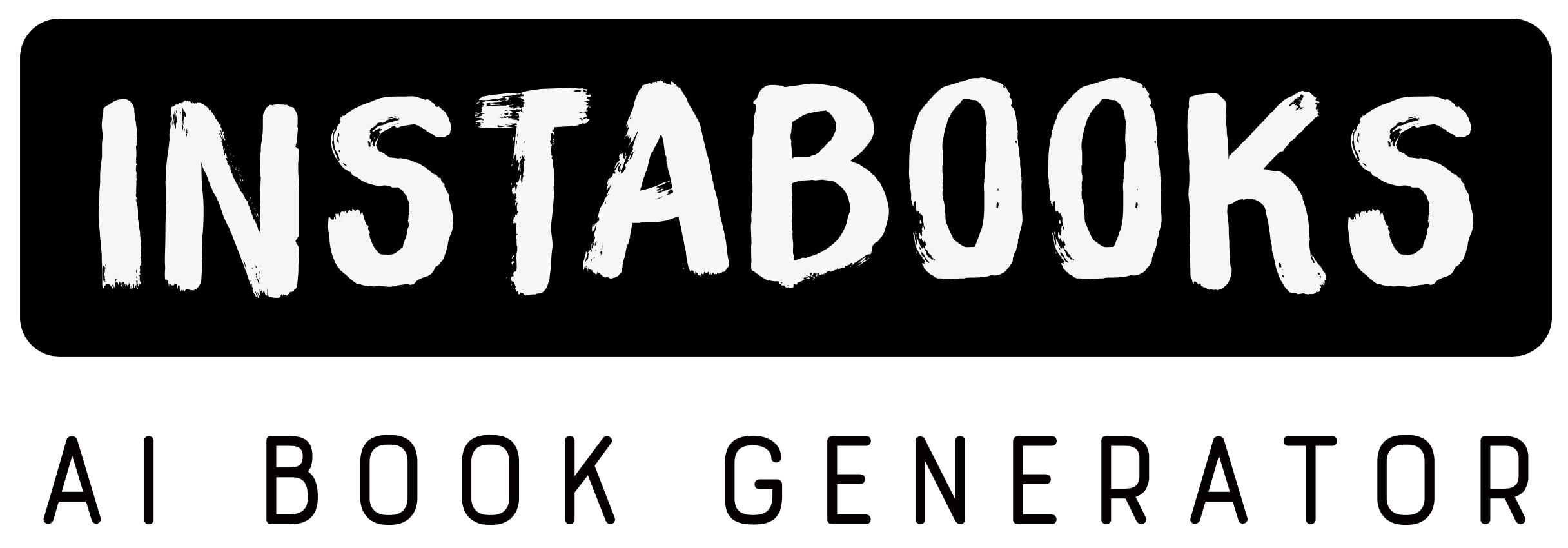
Unveiling Federated Graph Learning
Mastering Structure Proxy Alignment in Distributed Networks
Included:
✓ 200+ Page AI-Generated Book
✓ ePub eBook File — read on Kindle & Apple Books
✓ PDF Print File (Easy Printing)
✓ Word DOCX File (Easy Editing)
✓ Hi-Res Print-Ready Book Cover (No Logo Watermark)
✓ Full Commercial Use Rights — keep 100% of royalties
✓ Publish under your own Author Name
✓ Sell on Amazon KDP, IngramSpark, Lulu, Blurb & Gumroad to millions of readers worldwide
An In-Depth Exploration of Federated Graph Learning
Delve into the world of Federated Graph Learning (FGL) with our comprehensive guide that focuses on Structure Proxy Alignment. This book serves as a gateway for enthusiasts and professionals alike to explore the intricate frameworks that underpin this powerful subfield of machine learning. Initial chapters provide a detailed overview of FGL's key concepts, including the challenges of training Graph Neural Networks (GNNs) across diverse and distributed datasets. Such networks are integral to applications like social recommendation systems and fraud detection in the financial sector.
Tackling Client Heterogeneity
One of the foremost challenges in Federated Graph Learning is client heterogeneity. This issue arises when there is a significant divergence in data distribution across different clients, often leading to inconsistent algorithmic performance and biased outcomes. Our book addresses how current research, like the FedSpray framework, is pioneering ways to overcome these barriers through innovative techniques such as learning and aligning local structure proxies. These methods ensure a synchronized and accurate representation of global graph structures, facilitating enhanced node-level task performance.
Insights into Structure Proxy Alignment
The concept of Structure Proxy Alignment is expanded further with a thorough explanation of its mechanisms and significance. By learning local class-wise structure proxies and aligning them globally, researchers can mitigate the biased neighboring information, thus providing reliable data support for node classification. This approach promises improvements in training GNNs effectively, and our text explains the implementation of these techniques in detail, offering valuable insights into the development of robust federated learning models.
Latest Research Trends and Innovative Frameworks
The book also explores cutting-edge frameworks like FedSpray and GraphGPT. With the latter merging large language models and graph structural knowledge through graph instruction tuning, there's newfound adaptability across diverse datasets and tasks. We delve into how these frameworks utilize Graph Neural Networks for self-supervised learning, boosting model accuracy without the full reliance on labeled data. Our readers will gain an understanding of the synchronous and asynchronous aggregation strategies that maintain privacy and enhance learning outcomes.
Securing and Optimizing Learning Processes
To complement the advanced learning techniques, the book provides an elaborate discussion on secure aggregation and graph-specific methods. Secure aggregation ensures data privacy during distributed training while employing graph-specific methods like GNNs and hypergraph convolution layers. These techniques capture and encode high-order relations, thus aiding in both supervised and zero-shot learning tasks. With practical applications and theoretical insights, the book is a paramount resource for researchers aiming to pioneer developments in Federated Graph Learning.
Table of Contents
1. Understanding Federated Graph Learning- Introduction to FGL
- Key Concepts in FGL
- Applications of GNNs in FGL
2. Challenges in Client Heterogeneity
- Divergent Data Distributions
- Impact on Node-Level Tasks
- Overcoming Heterogeneity
3. The FedSpray Framework
- Local Structure Proxies
- Global Proxy Alignment
- Practical Implementations
4. Exploring Structure Proxy Alignment
- Conceptual Foundations
- Mitigating Biases
- Enhancing Node Classification
5. Graph Neural Networks Evolution
- Recursive Exchanges
- Self-Supervised Learning
- Recent Developments
6. GraphGPT Framework Insights
- Integrating LLMs with Graphs
- Graph Instruction Tuning
- Adaptability Across Datasets
7. Secure Aggregation Techniques
- Ensuring Data Privacy
- Differential Privacy in FGL
- Case Studies
8. Graph-Specific Learning Methods
- Utilizing GNNs
- Hypergraph Convolutions
- Generalization in Graph Learning
9. FedGSL Framework in Depth
- Handling Graphless Clients
- Transferring Structure Knowledge
- Knowledge Distillation
10. Graph-Grounded Pre-training
- Interaction-Based Strategies
- Semantic Relationships
- Text Classification Augmentation
11. Handling Diverse Client Needs
- Personalized Model Training
- Balancing Global and Local Objectives
- Case Studies and Solutions
12. Future Directions in FGL
- Emerging Trends
- Technological Innovations
- Strategic Roadmaps
Target Audience
This book is written for AI researchers, data scientists, and machine learning enthusiasts interested in federated learning and graph neural networks.
Key Takeaways
- Comprehensive understanding of Federated Graph Learning principles.
- Techniques to address client heterogeneity in distributed datasets.
- Insights into innovative frameworks like FedSpray and GraphGPT.
- Understanding Secure Aggregation and privacy measures in FGL.
- Application of graph-specific methods in machine learning.
